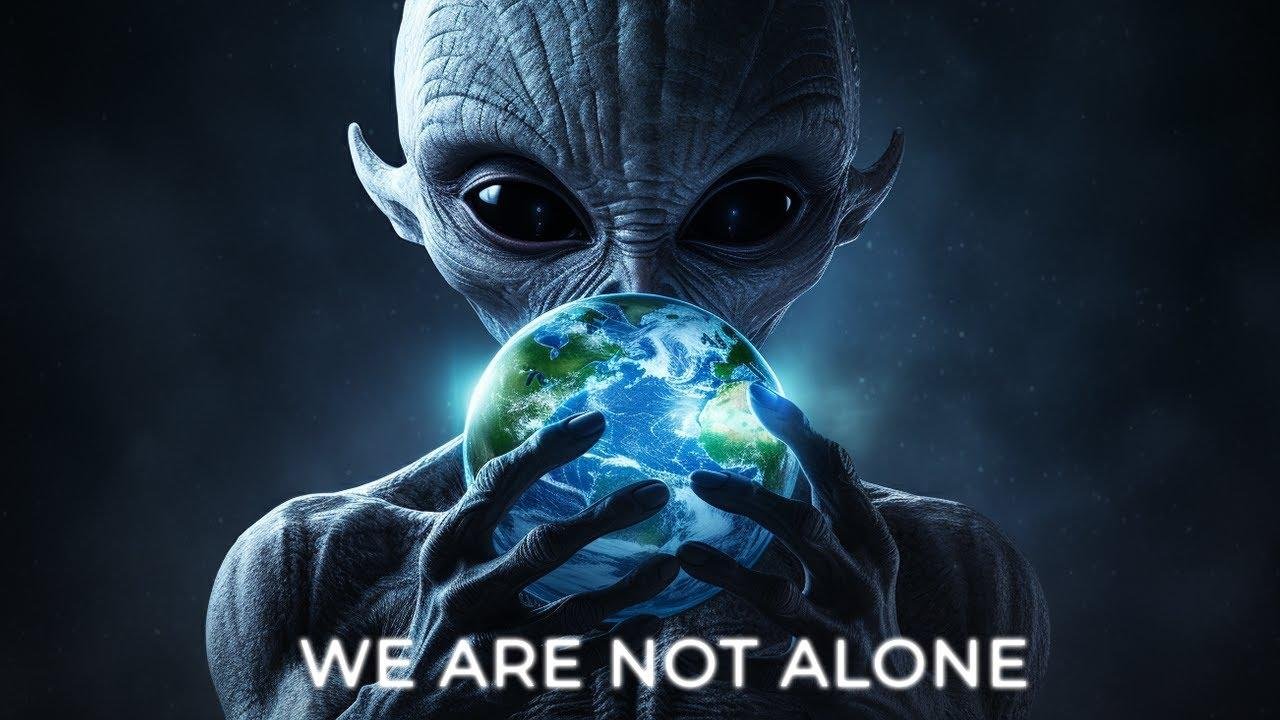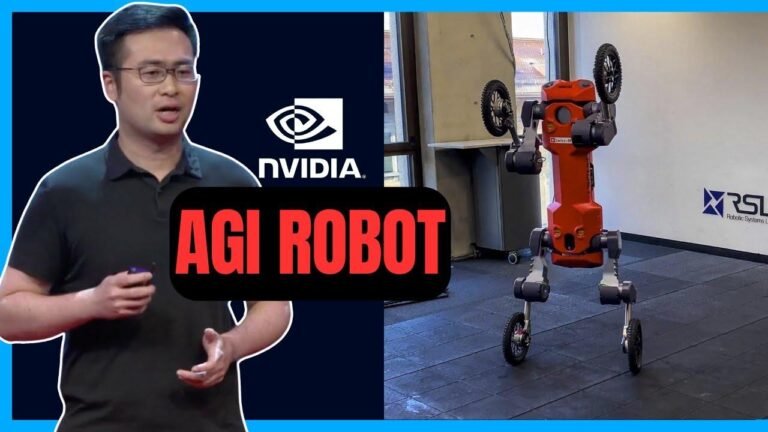Did AI solve the Fermi Paradox?
AI’s ability to solve the Fermi Paradox has opened up a crack in the mystery of extraterrestrial life. The use of AI and its ability to detect techn signatures on distant exoplanets gives us a new hope in the search for alien civilizations. This new era of machine learning has the potential to unlock the secrets of the universe, but some mysteries will always remain. 🌌🛸
The Drake Equation and the Search for Extraterrestrial Life 📡
For decades, humanity has been intrigued by the possibility of extraterrestrial life, sparking the infamous Fermi Paradox. This paradox questions whether our planet is truly the first to develop intelligent life. The Drake Equation, a formula used to estimate the potential number of advanced civilizations in our galaxy, has been at the forefront of this exploration. However, the equation presents difficulties due to the speculative nature of its components. The rate of formation of stars suitable for life can be calculated, but factors such as the length of a civilization’s existence remain largely unknown. Is there a way to determine these crucial components without needing to venture into outer space? Could artificial intelligence hold the key to solving this enigma?
The Staggering Complexity of the Drake Equation 🌟
The Drake Equation, with its seven factors, offers a clear and simple method for estimating the potential existence of extraterrestrial civilizations. However, the absence of certain critical components has stymied efforts to establish a theoretical number for the approximate quantity of extraterrestrial life. The difficulty in calculating these components has led to the postponement of deriving a definitive answer to this age-old question. Can new methods, such as artificial intelligence and AI-driven research, provide an alternative approach to dissecting the complexities of the Drake Equation?
The Saluan Hypothesis and the Geological History of Earth 🌍
Scientists have considered the possibility of an ancient industrial civilization predating human existence, sparking the Saluan Hypothesis. Notably, chemical traces left by a technologically advanced society may offer evidence of their existence. This hypothesis challenges conventional perceptions of our planet’s history and the potential conditions necessary for the development of intelligent life. Moreover, it redirects our focus on how we approach future planetary exploration by redefining the parameters of this search. This paradigm shift suggests that the search for extraterrestrial life may lie in re-evaluating the historical impact of these hypothetical ancient civilizations.
The Search for Techno Signatures and Bio Signatures 🛸
As we delve deeper into the quest for extraterrestrial life, the identification of technosignatures and biosignatures holds critical importance. The search for industrial byproducts, such as nitrogen dioxide or chlorofluorocarbons, can serve as indicators of an advanced civilization’s existence. Observations of distant exoplanets have the potential to detect such traces, offering tantalizing glimpses into the presence of intelligent life beyond Earth. Additionally, the utilization of artificial intelligence in this endeavor presents a revolutionary leap forward in the search for signs of extraterrestrial life.
The Role of Artificial Intelligence and Its Potential in Space Exploration 🚀
Artificial intelligence has emerged as a powerful tool in the exploration of space and the quest for extraterrestrial life. The capability of AI to process vast amounts of data from telescopic observations, coupled with the development of sophisticated machine learning algorithms, opens new frontiers in our understanding of the universe. From identifying potential techno signatures to classifying biosignatures, AI showcases a remarkable capacity to discern subtle indicators of life beyond Earth. Moreover, AI’s ability to analyze the geological history of our planet and recognize traces of ancient civilizations presents an exciting avenue for further exploration.
The Limitations of AI and the Unanswered Mysteries of the Cosmos 🌌
While AI represents a groundbreaking tool in our pursuit of knowledge about the universe, it also presents challenges. The autonomy of AI in deciphering complex astronomical data remains a work in progress. Moreover, the inherent limitations of AI in grasping the subtleties of the cosmos, coupled with the enigmatic nature of space, underscore the enduring mysteries that persist beyond our reach. As we navigate the new era of machine learning, it’s imperative to recognize that the universe will always retain its secrets, compelling us to embrace the unfolding journey of discovery.
Conclusion: Navigating the Uncharted Realms of the Cosmos 🌠
The intersection of artificial intelligence and space exploration heralds a new chapter in our quest for extraterrestrial life. Through AI-driven research, scientists are on the brink of unraveling age-old mysteries and challenging fundamental assumptions about the universe. While AI may not offer definitive answers to the Fermi Paradox, it undoubtedly propels us toward a deeper understanding of our place in the cosmos. As we immerse ourselves in the boundless expanse of space, the allure of discovery drives our relentless pursuit of knowledge, transcending the limitations of both man and machine.







